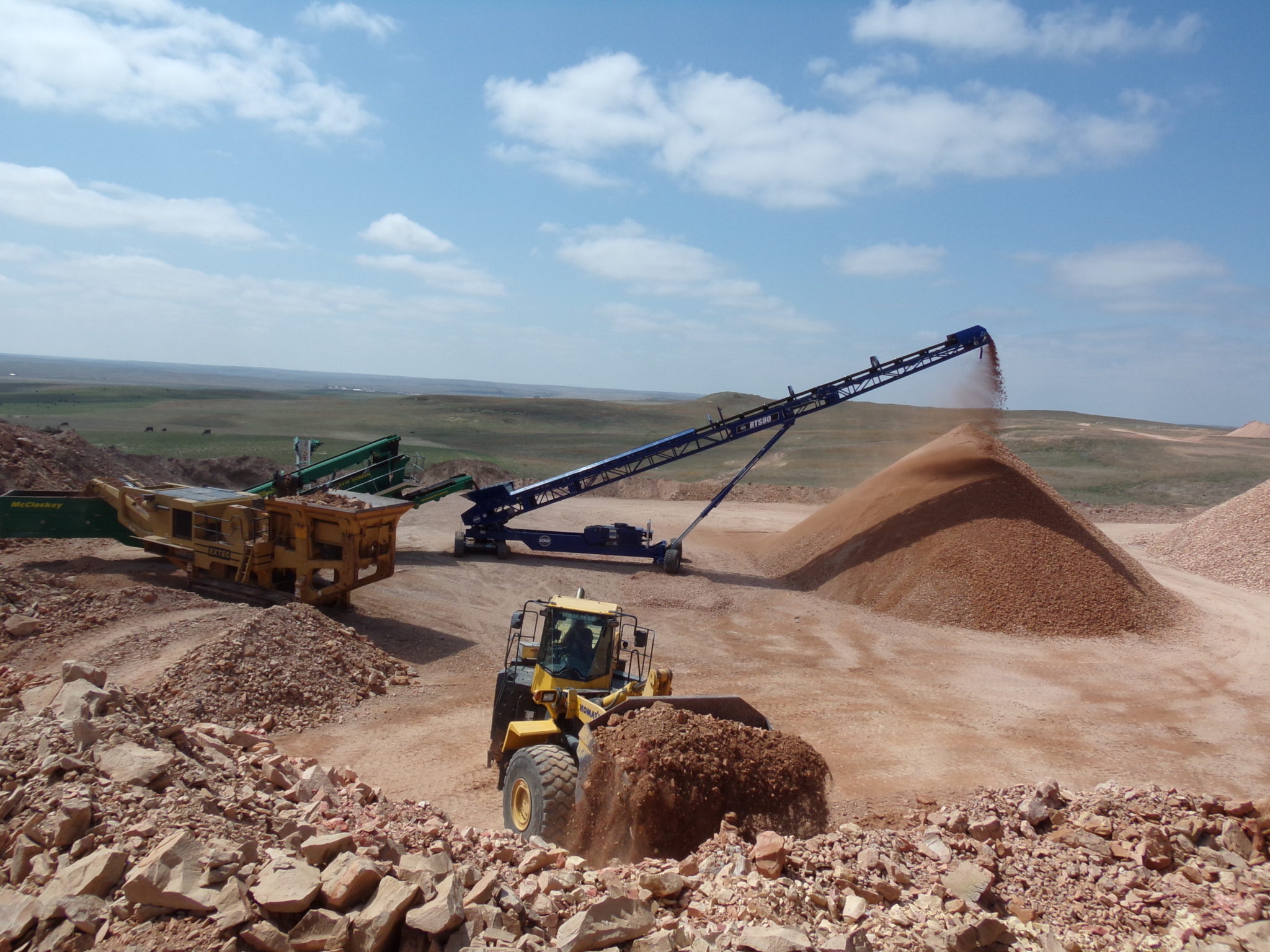The extraction of precious geological materials and minerals from the Earth and other celestial objects is known as mining. Most materials cannot be cultivated through agricultural techniques or generated artificially in a laboratory or factory. There are several mining processes, each with its procedures and goals. But mainly there are four types of mining: underground, open surface (pit), placer, and in situ.
The mining process is fundamentally intrusive and has the potential to harm a landscape well beyond the boundaries of the actual mining site. Years after a mine closes, the harm it causes can still be felt in the form of increased greenhouse gas emissions, the extinction of wildlife, and habitat and erosion of land.
Impacts Of Sand Mining
Rivers deteriorate because of excessive instream sand and gravel mining. Bank erosion may result from stream mining because it lowers the stream bottom. Rivers and bays deepen because of sand loss in the streambed and along the shore, while river mouths and coastal inlets increase.
Bridges, riverbanks, and other buildings are at risk from excessive instream sand mining. The nearby groundwater system and the locals’ use of the river are also impacted by sand mining.
One of the main effects of sand mining on the environment is habitat degradation. Sand removal from beaches, riverbeds, and other coastal regions changes the environment and can have a significant impact on ecosystems. Important habitats for many plant and animal species are found in riverbeds and their banks. These ecosystems are disturbed by sand mining, which causes a decline in flora and it impacts the creatures that depend on these places for habitation, food, and reproduction.
Sand is essential to river ecosystems because it helps provide a variety of habitats for aquatic life. Sand removal can change a riverbed’s dynamics and structure, which might affect fish breeding areas and food supplies. The sand acts as an organic barrier to prevent erosion. Coastal sand mining can lead to the depletion of beaches, reducing their ability to absorb wave energy and protect coastal areas from hurricanes.
Dunes serve an important function in coastal stability and providing habitat for specific plant and animal species. Sand mining can disrupt these dune systems, resulting in biodiversity loss and more susceptibility to erosion. The alteration of these habitats through sand mining can disturb nesting sites, leading to declines in bird populations.
The quality of the river’s water will be impacted by instream sand mining activities. Increased short-term sedimentation at the mining site caused by sediment resuspension, sedimentation from accumulating and dumping of surplus mining materials and organic particle matter, and oil spills or leaks from excavation machines and transportation trucks are all consequences. The number of suspended particles in the water at the excavation site and downstream rises due to increased riverbed and bank erosion. Aquatic ecosystems and water consumers may be negatively impacted by suspended particles. If water users downstream of the property are abstracting water for residential use, the impact will be very great. Costs associated with treating water can be greatly increased by suspended particles.
A major impact of sand mining is the loss of agricultural land, especially when the extraction occurs in floodplains or riverbeds. Sand removal disturbs the soil’s natural structure and increases its susceptibility to erosion. Consequently, erosion can lower the land’s total fertility by causing the loss of fertile topsoil. Effective irrigation systems are essential to many agricultural operations. Sand mining has the potential to alter irrigation channels and decrease the amount of water available for agriculture by upsetting natural water flow patterns. Sand mining has the potential to change the landscape’s hydrological features. A change in the patterns of water flow, such as more frequent floods or less groundwater recharge, can have a detrimental effect on the productivity of agriculture. Agricultural land that undergoes sand mining may experience reduced crop yields due to changes in soil structure, fertility loss, and alterations in water availability. This, in turn, can affect local food production and food security.
The process of sand mining not only damages bridges but also turns riverbeds into vast, deep holes. This causes a decline in the groundwater table, which dries up the drinking water wells situated on the embankments of these rivers. Reduced streamflow and the floodplain water table due to bed degradation from instream mining can lead to the extinction of woody vegetation in riparian regions that depend on the water table and a reduction in the amount of time that riparian wetlands are wet. Saline water may seep into freshwater bodies in areas that are near the sea.
Excessive and unregulated sand mining contributes to global shortages and can lead to conflicts over resources.
sand mining requires the implementation of sustainable practices, comprehensive regulations, and community engagement. Alternatives such as using recycled materials, promoting responsible mining practices, and exploring alternative construction materials can help reduce the demand for mined sand.
These are the following to increase sustainability in sand and gravel mining:
To reduce the demand for new extraction, encourage the reuse of construction materials and the recycling of concrete. Look into using recycled materials, industrial byproducts, or new building methods instead of sand and gravel. Implement and enforce strong mining rules to ensure environmental compliance and appropriate extraction practices. Invest in research into sustainable mining technology and creative building approaches that reduce the demand for traditional extraction. By combining these approaches, it is possible to work towards a more sustainable future for sand and gravel extraction.
- About the Author
- Latest Posts
A passionate advocate for all natural and sustainable ideas. With a background in sustainable economics science and a deep love for nature, Sojy has dedicated his career to promoting eco-friendly practices and encouraging others to live a more sustainable lifestyle. He is an avid hiker, gardener, and cook, and loves experimenting with natural ingredients in his recipes and lifestyle routines. Sojy believes that small changes can make a big impact and is constantly seeking out new ways to reduce his carbon footprint and inspire others to do the same




